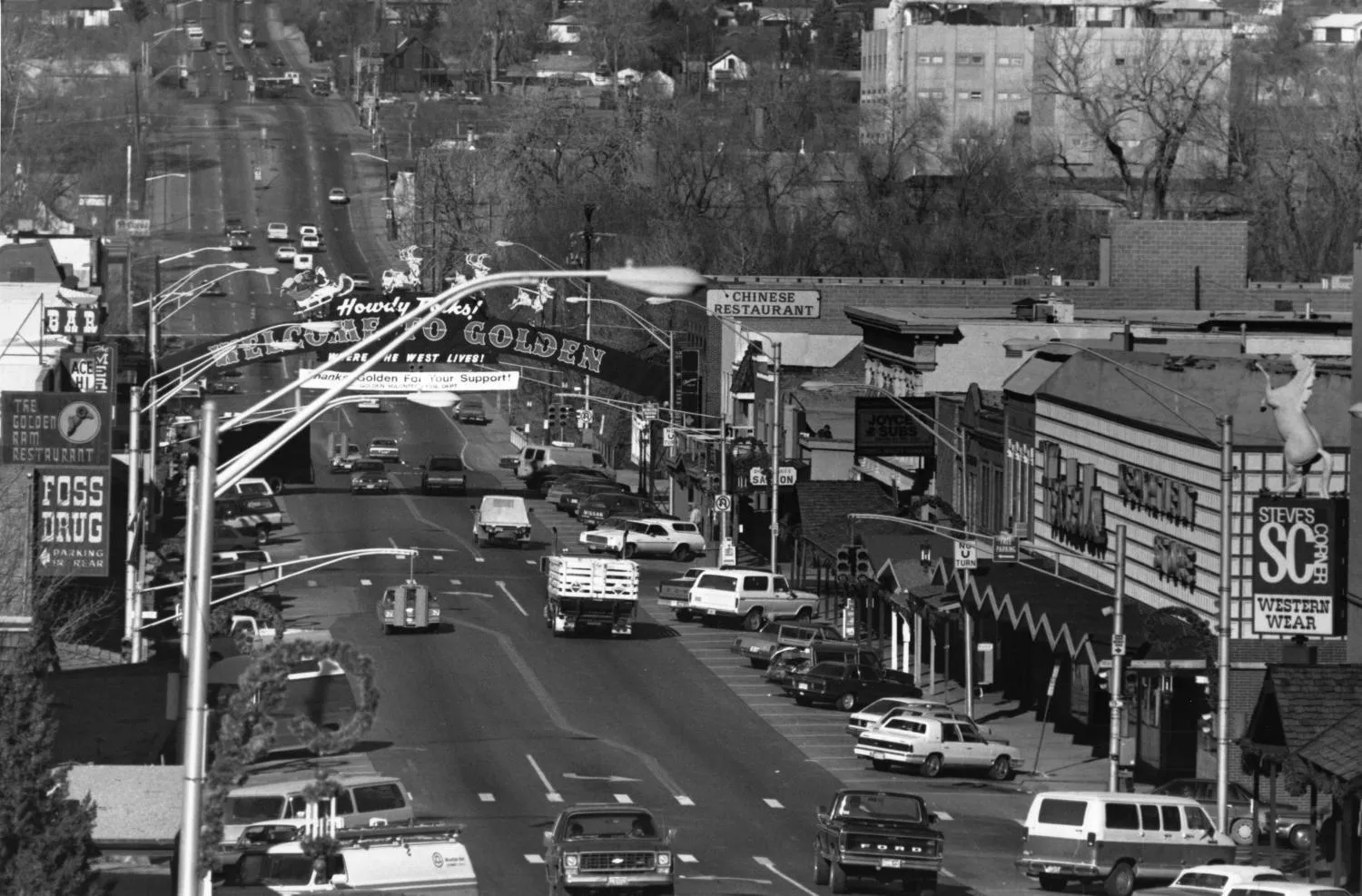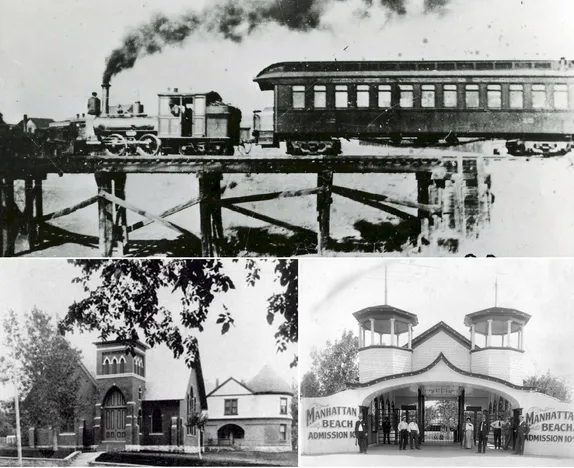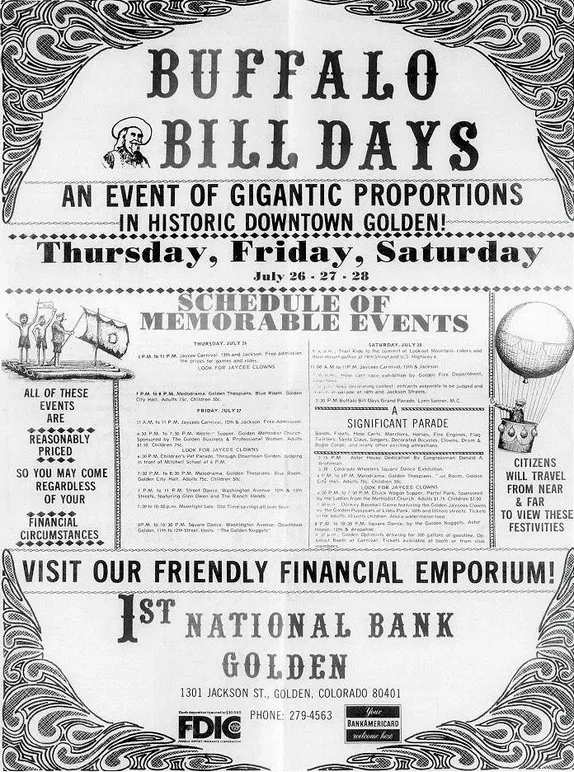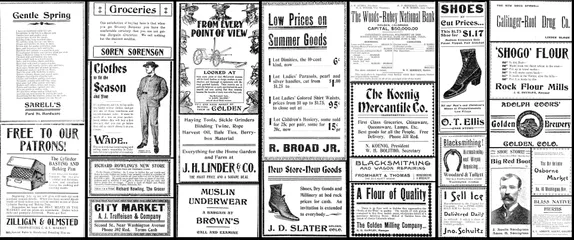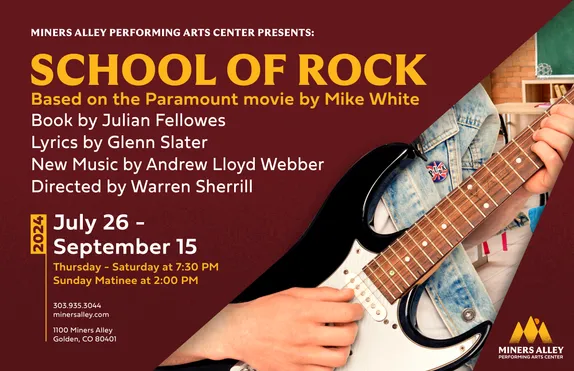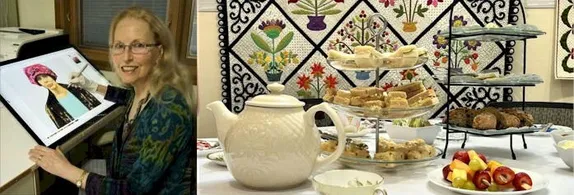As 1987 began, the proposed new City Hall was still a hot topic. The estimated $2.4 million price tag seemed overwhelming for a City that had traditionally eschewed debt.
Council began considering alternatives. Marv Kay proposed installing temporary buildings behind City Hall. Leo Bradley advised removing the History Museum, so city staff could occupy that space. City Staff encouraged the library to move, so the city could acquire that building.
Those who still advocated for a new building suggested eliminating the underground parking, to reduce the construction cost.
Councilor Frank Leek recommended selling Parfet Park to someone who would build a hotel there, provided the developer would also build a new City Hall across the street.
By April, the Transcript was writing impatient articles, asking Council to make up their minds.
Why doesn’t council just publicly admit that the new city hall plan is too expensive at the moment? …or why don’t they just put the $2.2 million proposal up to the voters in the November election? Who knows, maybe the citizens will pass it with enough campaigning and convincing.
Don Kunce, Opinion Columnist – Golden Transcript – February 17, 1987
Later that month, auditors discovered $1.2 million in unappropriated funds in the City’s coffers. This sparked great excitement and many suggestions about ways to spend the money. Not surprisingly, some thought it was the ideal way to partially fund a new City Hall.
By May, the councilors were all tired of discussing the new City Hall, but some felt that they hadn’t provided citizens with enough information about the need and the financing options. The May 26, 1987 Transcript described a “fiery discussion” at City Council:
[Councilor]Leslie Hawkinson, in fact, was visibly upset when the thought of delaying the decision on this issue surfaced once again.
‘I am upset and disappointed,’ she said. ‘I think this conversation is taking us a big step backwards. We had a public meeting. People had an opportunity to give ideas.’
Later, she shouted, ‘We’ve been planning and planning and planning and planning. Let’s get on with it!’
Councilor Marv Kay was reluctant to commit to the expense, and thought the public needed to be sold on the idea: “If we can’t answer those questions, we’ll look crazier than hell.”
Councilor Mark Macha questioned what options we might be giving up by spending so much money on a single project.
That comment raised Hawkinson’s ire once more. ‘It is an insult to our employees to work under these conditions,’ she said. ‘I certainly wouldn’t work here. Would you?’
Macha said he has worked and still does, under worse conditions.
Later that summer, Macha resigned his seat on Council.
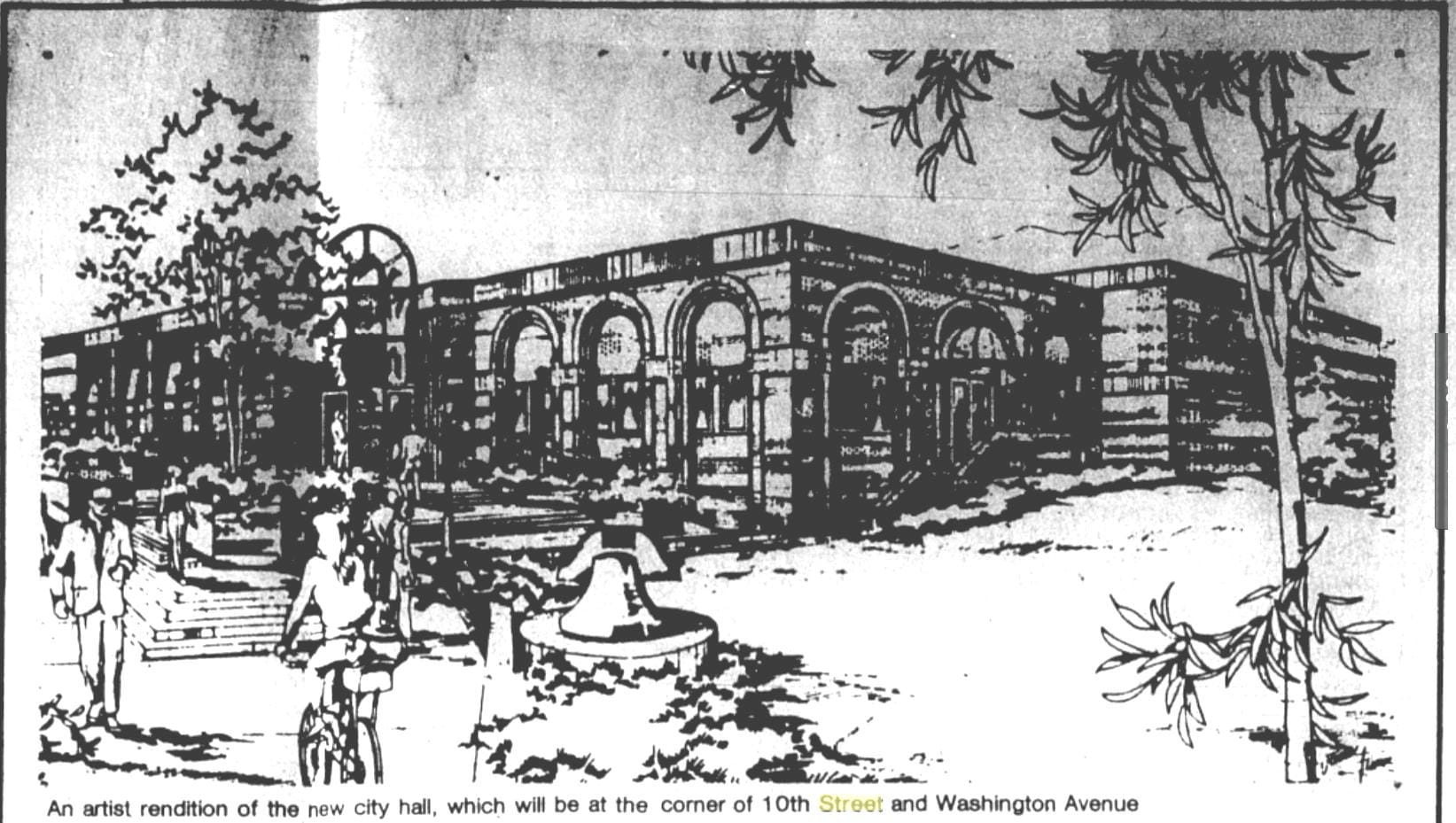
By June of 1987, the City had spent about $80,000 on planning for the new City Hall. They voted to spend another $70,000 to continue the planning process. The price for the proposed building had increased from $1.2 million to $1.5 million. The estimate for remodeling the current City Hall for use by Police and Fire remained at $1.2 million.
Residents wrote letters to the Transcript, suggesting other things the money could fund, such as fixing residential streets or revitalizing Clear Creek. The June 9, 1987 Transcript described Marv Kay’s ward meeting:
Rimrock Road and Utah Street are streets which they felt were in deplorable condition. One man said the road conditions in his neighborhood had affected the value of his property. “What idiot would live in a hick town like this that lets its streets deteriorate like this?” said resident Bob Elgin.
Golden’s commercial property owners invited the City to rent space in their buildings.
The City Manager determined that, by using the “found” $1.2 million, raising the property tax mill levy, and possibly using certificates of participation, Council would be able to make this decision without a vote of the residents. He recommended beginning construction immediately.
This brought on a new round of letters to the Transcript:
Save it
I find it amazing that the city council can circumvent the need for citizen input and go ahead with the construction of a new city hall. It’s particularly fishy that the $1.2 million was ‘found’ so that the building could be built without a referendum…. It’s my impression that most people in Golden feel so alienated from the political and decision-making process that few are bothering to speak out because they feel powerless. I think a referendum is in order before any more time or money is spent.
Tom Harbour – Golden Transcript – June 16, 1987
Future’s at stake
Our elected City Council has voted to proceed toward the construction of a $1.5 million (underestimated) City Hall. Those same elected representatives of the people have also decided not to let their people have a vote on the issue. Interesting…. On many occasions in the past, voters have been called to decide on simpler and much less costly issues, but for spending $1.5 million, they won’t give us a chance to say “yes” or “no.”
J. Larry McWilliams – Golden Transcript – June 16, 1987
Preston Driggers wrote the Transcript, recommending that the $1.2 million be invested and the interest (7.5% at that time) be used to fund diverse city projects while waiting for the economy to pick up. He suggested that with 8% unemployment and many Golden families uneasy about their economic prospects, it wasn’t a good time to fund construction of a new public building. (Golden Transcript, June 25, 1987)
Tune in tomorrow for Part 4!

Thanks to the Golden History Museum for providing the online cache of historic Transcripts, and to the Golden Transcript for documenting our history since 1866!

